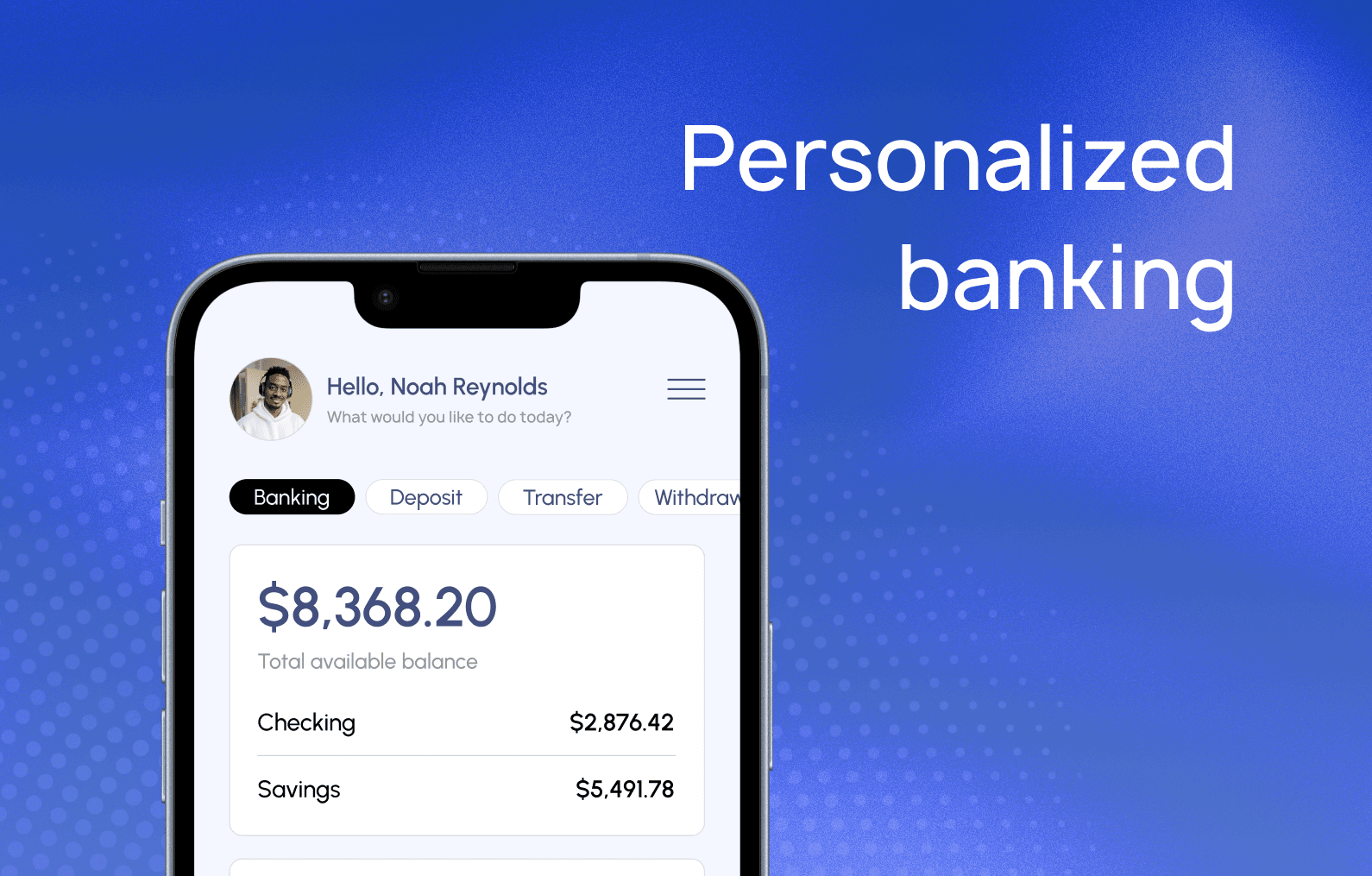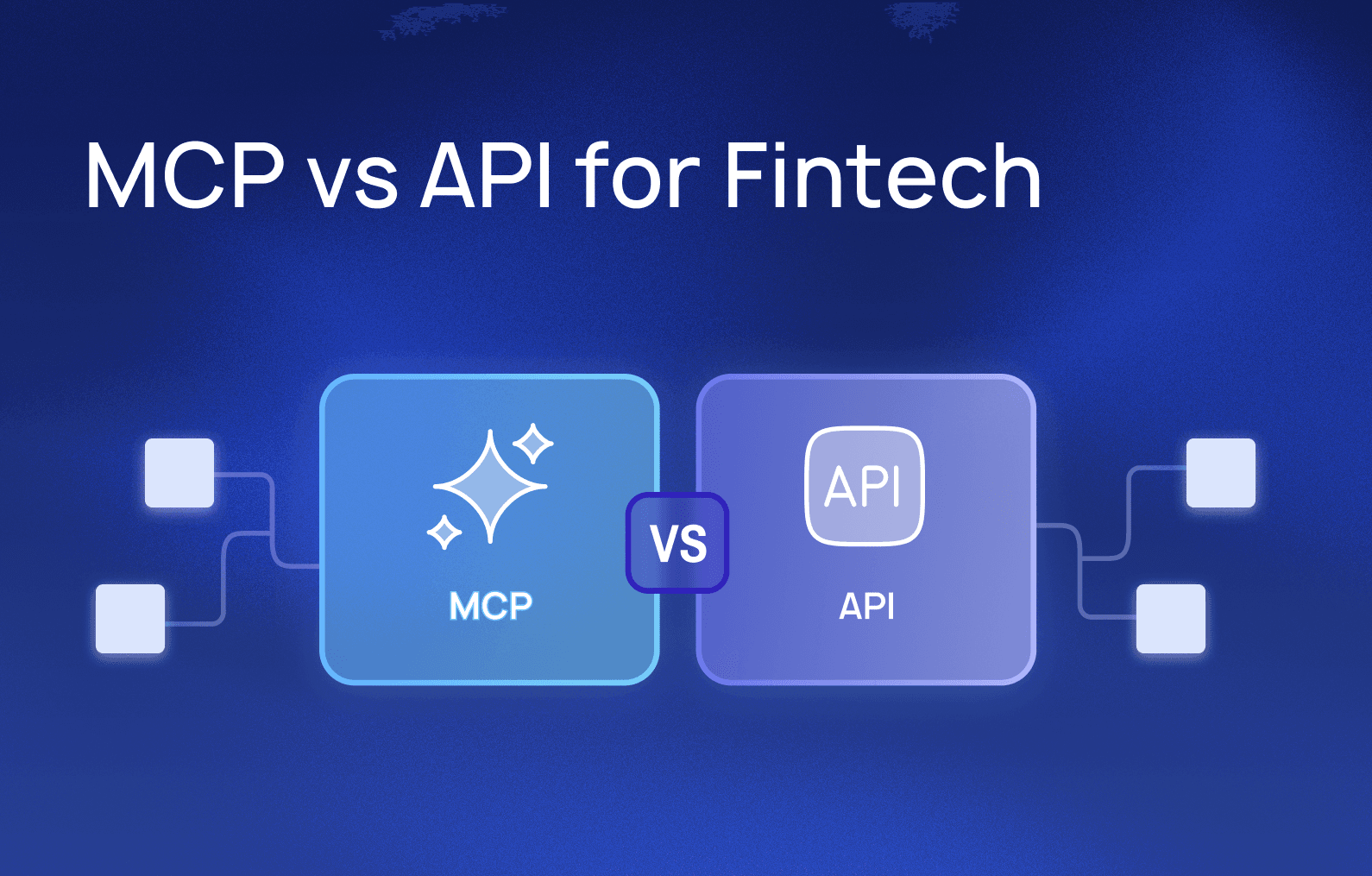Building trust with hardship and repayment programs
Lenders have never seen servicing as an opportunity. They’ve seen it as a bad hand of cards that needed to be played with cold, calculating precision in order to minimize their losses. This is exactly the wrong way to look at it. Servicing a loan means helping customers figure out how to keep their commitments. Doing this well, especially in moments of financial stress or instability, creates opportunities to build trust.
Those are words Alex Johnson used in a recent article on Fintech Takes, describing the challenge and opportunity that delinquency presents credit providers. But historically, most creditors have only seen the challenge, the looming threat of financial losses when a borrower walks away without repaying what they borrowed—let alone the interest that could have made the loan profitable.
Those concerns are certainly understandable, and no credit provider will be able to operate for long if they’re losing money to defaults. But what fewer creditors have asked is whether the “cold, calculating precision” of their collections efforts actually attain their goal of minimizing losses. Sure, a barrage of collections calls might nudge some delinquent borrowers into making payments, but how likely are they to return to this lender the next time they need financing?
Instead, an increasing number of credit providers are incorporating borrower-friendly tactics into their collections strategies, such as hardship relief programs and repayment programs, all with the goal of helping customers stay engaged and current on their account amid financial difficulty, thereby avoiding defaults.
These ideas aren’t exactly new (there are biblical references to forgiving your debtors, after all) but modern analytics and success stories are showing that borrower-friendly strategies can also be profitable for the credit provider themselves. Collections are not a zero-sum game: helping a borrower through difficult times often translates into greater long-term profits.
During the early stages of the COVID-19 pandemic, for example, LoanPro client Best Egg was able to launch two complementary hardship programs within just two months, rapidly pivoting their operations to avoid defaults during an unforeseen financial panic. Aided by LoanPro’s platform, they’ve delivered a truly best-in-class customer experience, one that’s landed them a top-10 spot in the J.D. Power Award for overall customer satisfaction among consumer lenders for two years in a row.
The best strategies for helping borrowers through financial difficulty
Part of the reason why lenders adopt rigid, uncompromising policies is that they’re running on rigid, uncompromising software. Much as they might like the idea of giving borrowers some leeway, their system and policies simply can’t support it at scale.
That all changes on a modern, configuration-first platform. Empowered with tools to communicate with borrowers, automatically update accounts, and track changes in an ongoing audit trail, lenders can implement hardship and repayment programs at a larger scale than ever before.
If you devise a strategy that you think will help your borrowers keep their commitments and repay their debt, LoanPro can support it with our servicing, collections, and product configuration tools.
(It’s important to note that mishandling changes to an account, even with the best of intentions, could breach your contract and violate the Truth In Lending Act. Before implementing any of these programs, you should work with your legal team, inform your borrowers, and get their permission to make the change.)
What follows are some examples of common hardship and repayment programs, and a quick explanation of the LoanPro tools that can help you quickly launch and support them. But what’s listed here is really just the starting point: LoanPro’s configuration-first approach means that we have the versatility to support processes fine-tuned to your own policies and business logic.
Hardship programs
Most hardship programs work through some combination of delaying payments, lowering payment amounts, or temporarily reducing the interest rate.
For installment loans and leases, all of these changes can be accomplished through the same tool: Configurable Payment Schedules. You can modify existing accounts with a new amortization schedule, changing the payment frequency, amount, and interest rate.
For a card or line of credit account, you can adjust the interest rates or add interest abatement periods on each of the account’s buckets. You can also use transaction level credit™ to enable continued access to credit for groceries and other essentials, but block or charge greater rates on other spending.
Interest and fee forgiveness
If a borrower has already gone into deep delinquency, they may simply default on the debt, preferring a hit to their credit score over the prospect of repaying all their interest and late fees. To discourage them from defaulting and hopefully recover the principal, you can forgive interest and fees on the account.
Alternatively, you can use our Max Interest tool to limit the total dollar amount of interest that can accrue on the account, making your loan more borrower-friendly from the outset.
LoanPro’s real-time calculator and audit trail make this simple: You can delete fees, manually adjust interest, or log a credit to cancel it out. In any case, LoanPro keeps a comprehensive record, ensuring you have clear visibility into any changes made.
Accelerated repayment
Another popular option is an accelerated repayment plan. This is ideal for when a borrower is able to make payments and realizes they could save money on interest by paying down their balance faster. As the credit provider, this works as a trade-off: sacrificing some short-term interest profit for long-term customer engagement and loyalty.
While you could use a Configurable Payment Schedule to modify the account’s amortization table and timeline, you and the borrower would likely be better off with an AutoPay. Unlike many systems, LoanPro’s AutoPays can be scheduled independent from the account’s normal due dates. Just set up an AutoPay to make payments more frequently or in greater amounts, and LoanPro will handle the rest.
Customer outreach
Regardless of how your hardship or repayment programs work, you’ll need a way to get that information to borrowers and get their approval to make changes to their account. LoanPro’s Communications Suite and Automation Engine can identify borrowers who qualify for these programs (based on your own business logic) and then send them personalized information and offers through email, direct mail, or SMS. And with our e-signature and document management tools, you can save a borrower’s agreement directly to their account.
Go to market with a best-in-class customer experience
Borrower-friendly programs and collections strategies like these aren’t just a tool for mitigating loss; they’re a means of building long-term trust and loyalty among your customers. Extending help to borrowers during times of financial difficulty could very well be the deciding factor that makes them stick with you—or switch to a competitor—the next time they need financing.
If you’re interested in implementing a hardship or repayment program like the ones we’ve discussed here, get in touch with us. We’d love to show you how we can streamline your operations, boost your margins, and make your customers happier than ever with your service.




